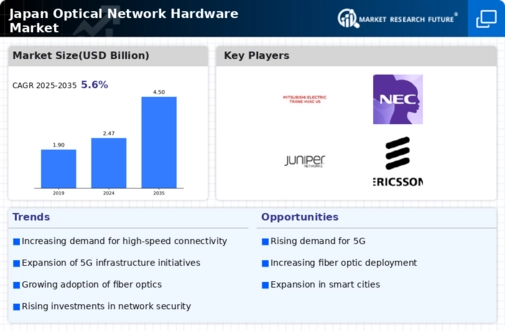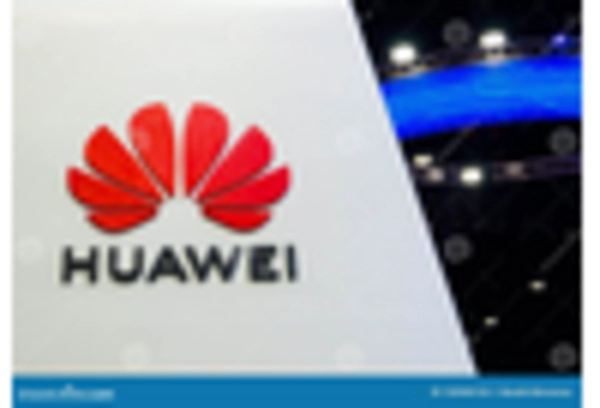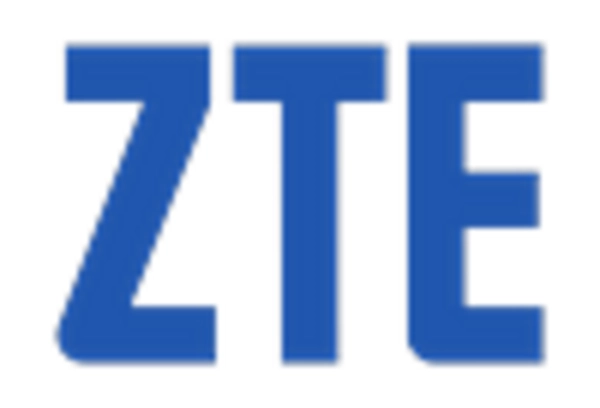The optical network-hardware market in Japan is characterized by a dynamic competitive landscape, driven by rapid technological advancements and increasing demand for high-speed connectivity. Major players such as Cisco Systems (US), Huawei Technologies (CN), and Fujitsu (JP) are strategically positioned to leverage innovation and regional expansion. Cisco Systems (US) focuses on enhancing its software-defined networking capabilities, while Huawei Technologies (CN) emphasizes its investments in 5G infrastructure, which significantly influences market dynamics. Fujitsu (JP) is also making strides in digital transformation, particularly in integrating AI into its optical networking solutions, thereby shaping a competitive environment that prioritizes technological superiority and customer-centric solutions.
Key business tactics within this market include localizing manufacturing and optimizing supply chains to enhance operational efficiency. The competitive structure appears moderately fragmented, with several key players exerting influence over market trends. This fragmentation allows for a diverse range of offerings, catering to various customer needs while fostering innovation through competition.
In October 2025, Cisco Systems (US) announced a strategic partnership with a leading Japanese telecommunications provider to enhance its optical networking solutions. This collaboration aims to integrate advanced AI capabilities into their existing infrastructure, thereby improving network efficiency and reliability. The strategic importance of this partnership lies in its potential to position Cisco as a leader in the rapidly evolving optical network landscape in Japan, particularly as demand for high-speed connectivity continues to surge.
In September 2025, Huawei Technologies (CN) unveiled its latest optical transmission technology, which reportedly increases data transmission capacity by 50% compared to previous generations. This technological advancement is crucial as it addresses the growing bandwidth demands of Japanese consumers and enterprises alike. By pushing the boundaries of optical technology, Huawei reinforces its competitive edge and commitment to innovation in the market.
In August 2025, Fujitsu (JP) launched a new line of optical networking products designed specifically for smart city applications. This initiative reflects Fujitsu's strategic focus on aligning its offerings with emerging market trends, particularly in urban development and sustainability. The introduction of these products not only enhances Fujitsu's portfolio but also positions the company as a key player in the integration of optical networking solutions within smart city frameworks.
As of November 2025, current competitive trends in the optical network-hardware market are increasingly defined by digitalization, sustainability, and the integration of AI technologies. Strategic alliances among key players are shaping the landscape, fostering innovation and collaboration. Looking ahead, competitive differentiation is likely to evolve from traditional price-based competition to a focus on technological innovation, reliability of supply chains, and the ability to meet the growing demands for sustainable solutions. This shift underscores the importance of adaptability and forward-thinking strategies in maintaining a competitive edge.

















Leave a Comment